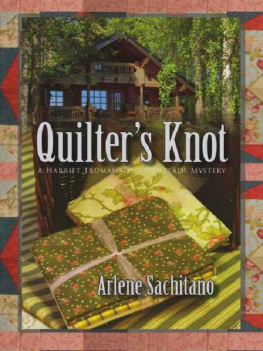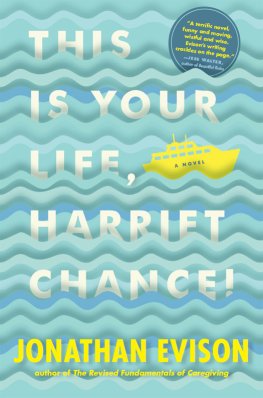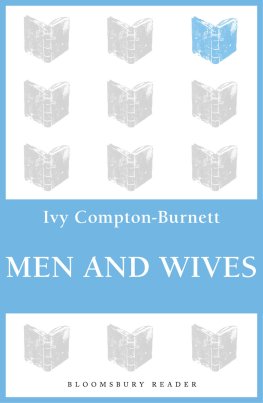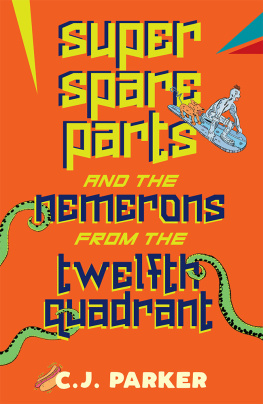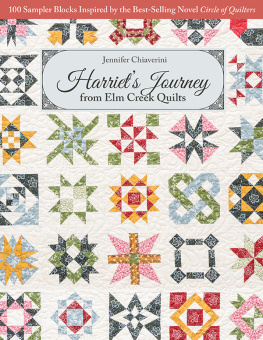
Arlene Sachitano
Quilt As Desired
The first book in the Harriet Truman / Loose Threads Mystery series, 2007
This book could not have been completed without the love and support of my family and many friends. I'd like to thank my immediate family-Jack, Karen, Annie, David, Malakai and Alex-as well as my supportive in-laws Beth, Hank, Brenda and Bob and my nephews Brett, Nathan, Chad and Jason. In addition, I'd like to thank my friends Susan and Susan, who have listened to my story ideas without flinching more times than any human should have to, and have contributed their expertise in quilting and art as well as their knowledge of northwest Washington state.
My sister Donna deserves special recognition for being the one who first taught me to read and write. My critique group, Katy King and Luann Vaughn, provided input in their unique style that is at once insightful and kind. Special thanks to Vern and Betty Swearingen for sharing their knowledge of machine quilting and opening the doors of their quilt store, Storyquilts, to my prying eyes. As always, many thanks to Liz and Zumaya Publications for making all this possible.
"Honey, you're going to be fine, Aunt Beth said and patted Harriet on her back. I wouldn't be going on this cruise if I didn't think you were ready to take over the business."
The two women stood facing each other in the sunny yellow kitchen of Aunt Beth's Victorian house in the not-so-sunny town of Foggy Point, Washington.
"I've had not quite a month's practice, and you're not leaving town, you're leaving the country, for crying out loud. And all those people in your group have quilts they want stitched for a show that's three weeks from now. Harriet knew she was whining but she couldn't help it. Let's not forget the part where you suddenly decided to retire and leave me with this mess until you find a buyer for the business, and I'm not sure exactly how that's supposed to happen when you're cruising your way through Europe."
"It's too late to worry about that now, Aunt Beth said, and handed her a ring of keys. And if I'd given you time to think about it, you'd still be sitting alone in that house in Oakland, mourning for a man who isn't coming back. These open the door to your studio, she continued, ignoring the raw wound she'd opened in Harriet's heart.
Harriet wasn't mourning. Not by a long shot. She was angry. If Steve hadn't died, she'd have killed him herself-with her bare hands, too. And alone was just how she liked being. If you can't trust anyone then alone is the safest way to be.
"This one is for the outside door to your house, and this one your storage shed out back, Aunt Beth continued, pointing out individual keys. You were one of the best young stitchers Foggy Point has ever produced. It's like riding a bike. It doesn't leave you, even if you do move away for ten years. She plopped a garish Hawaiian print hat she'd bought for her trip on her short white hair. Don't forget to water the pansies in the window box. They dry out pretty easily even this time of year. And try to visit Avanell. She says she's fine, but there's something going on. She looks worn down, and it's not from working. She's always worked a lot. No, something's bothering her. And all of a sudden she's doing all kinds of odd color combinations on her projects, too. A person doesn't change like that without some reason."
Avanell Jalbert was Aunt Beth's best friend in the world and had probably had a hand in Aunt Beth's plan to have Harriet run her business while she was gone.
"I've been gone fifteen years, not ten, and I will check on Avanell. But if you come back and I've lost all your customers for you, don't say I didn't warn you."
"You won't lose any of my customers, Aunt Beth said and pulled Harriet into a suffocating hug. I love you, sweetie, and I have full confidence in you. And here, she said, and handed Harriet a lavender envelope. Open this after I leave."
She pulled up the handle on her large rolling suitcase then tied a ribbon of purple fabric that coordinated with the purple nylon of her suitcase to the upright piece. She pushed the suitcase out onto the front porch and shouldered the matching carry-on bag.
"There's my taxi, she said and kissed Harriet's cheek. Stop worrying. Everything's going to be just fine, you'll see."
With that, she whirled around, summoned the taxi driver onto the porch then followed him and her suitcase to the cab. Just like that, she was gone.
Harriet looked down at the envelope in her hand. She turned it over but found nothing but lavender paper and a sealed flap. No information popped to the surface to explain why Aunt Beth had given it to her. She tucked it into the pocket of her grey hooded sweatshirt and went back into the house.
One of the few possessions she had brought with her from Oakland was her cat Fred. Fred was big and grey and fuzzy-she wasn't sure from one moment to the next if she owned him or was just in his employ. She did know if she didn't get his milk bowl on the floor in the next sixty seconds there would be hell to pay.
"Here you go, Fred, she said and set his dish down on the blue fish-shaped placemat he'd brought with him from California. While he went to work on the milk, she poured a half-cup of his high-protein, low-residue, hairball-removing kibbles into his second ceramic dish.
When he was taken care of, she quickly ate a bowl of Kix and went upstairs to take a shower. In little more than an hour, her first customer would be knocking on the studio door.
She pondered as she washed what the first quilters might think if they saw how much the craft had changed since the first woman put needle to fabric in an effort to make a bed cover.
When people first came to the New World they had to bring cloth with them to make the garments and bedding they and their family would need, without knowing if they would ever be able to obtain more. Sewing small pieces together patchwork-style allowed them to use every scrap of fabric they had, re-using worn-out clothing and blankets as the filler. At first, all steps in the quilting process were done by hand with needle and thread. Then, as people settled in communities, they began to use large frames to hold the quilt while they attached the top, pieced layer to the filling layers. To avoid having the frame taking up their limited living space, pioneer women held bees where everyone would work on one quilt so it could be finished quickly and the frame put away.
Affordable bedding became available commercially, and electric sewing machines allowed those who wished to quilt to easily construct their project in their own home. Nothing changed until king- and queen-sized beds became the norm and repetitive motion injury became household words. Women who made more than one quilt a year were developing wrist and shoulder damage from holding and turning large heavy quilts as they guided them under the needle of their home sewing machine.
Enter the long-arm quilting machine.
Long-arm quilting machines are industrial-style machines manually guided over a fabric sandwich stretched onto rollers that feed the quilt top, stuffing or batting and backing fabric, allowing the operator to easily guide the stitching head around the surface in any pattern he or she desires. The machines are large, usually requiring their own bedroom or garage, and are also expensive. Most communities had one or more people like Aunt Beth who were skilled owner-operators, and who would quilt anyone's project for a nominal fee.
This was the job Harriet would be taking over while Aunt Beth was on vacation. It was well within the realm of possibility she could ruin dozens of quilts before her aunt returned, and the idea weighed heavy on her head.
Next page

